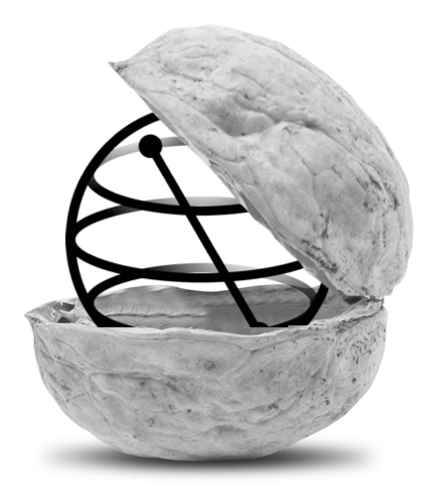
핵심적인 퀀텀 컴퓨팀의 내용¶
Quantum computing represents a new paradigm in computation that utilizes the fundamental principles of quantum mechanics to perform calculations. If you are reading this then you have undoubtedly heard that the promise of quantum computation lies in the possibility of efficiently performing a handful of tasks such as prime factorization, quantum simulation, search, optimization, and algebraic programs such as machine learning; computations that at size are beyond the capabilities of even the largest of classical computers.
The power of quantum computing rests on two cornerstones of quantum mechanics, namely interference and entanglement that highlight the wave- and particle-like aspects of quantum computation, respectively. Qiskit is an SDK for performing quantum computations that utilize these quantum mechanical principles using the language of quantum circuits. Comprised of quantum gates, instructions, and classical control logic, quantum circuits allow for expressing complex algorithms and applications in a abstract manner that can be executed on a quantum computer. At its core, Qiskit is a quantum circuit construction, optimization, and execution engine. Additional algorithm and application layers leverage quantum circuits, often in concert with classical computing resources, to solve problems in optimization, quantum chemistry, physics, machine learning, and finance. In what follows, we give a very brief overview of quantum computing, and how Qiskit is used at each step. Interested readers are directed to additional in-depth materials for further insights.
Interference¶
Like a classical computer, a quantum computer operates on bits. However, while classical bits can only be found in the states 0 and 1, a quantum bit, or qubit, can represent the values 0 and 1, or linear combinations of both. These linear combinations are known as superpositions (or superposition states).
To see how this resource is utilized in quantum computation we first turn to a classical analog: noise cancellation. Noise cancellation, as done in noise cancelling headphones for example, is performed by employing superposition and the principle of interference to reduce the amplitude of unwanted noise by generating a tone of approximately the same frequency and amplitude, but out of phase by a value of \(\pi\) (or any other odd integer of \(\pi\)).
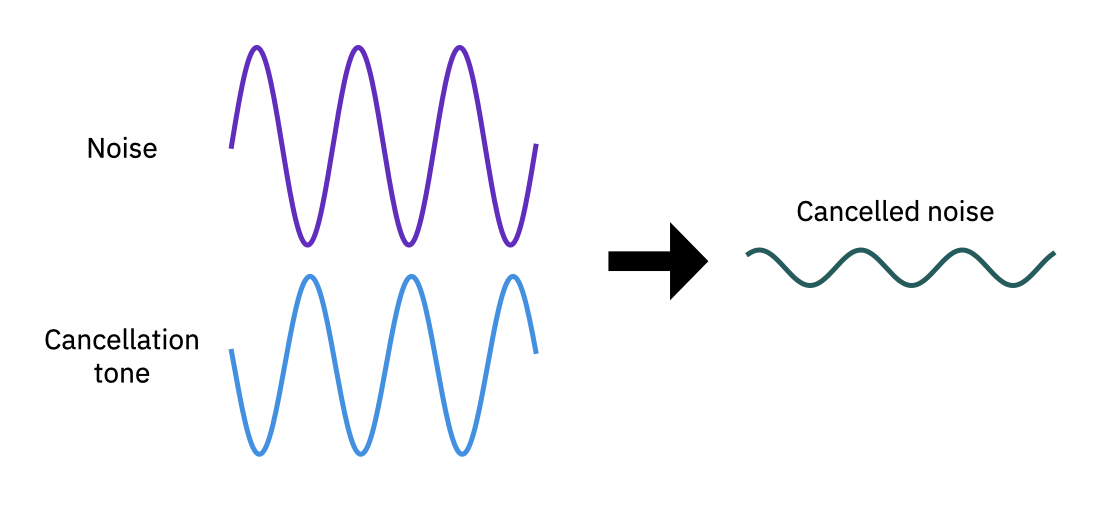
그림 1 거의 동일한 진폭의 톤에 의한 잡음 신호의 대략적인 소거 및 \(\sim \pi\) 의 위상에 의한 오프셋.¶
상술된 바와 같이, 위상차가 \(\pi\) 의 홀수 배수에 가까울 때, 2개의 파들의 중첩은 간섭을 초래하고, 출력은 원본에 비하여 현저하게 감소된다. 그 결과는 노이즈에 의해 유발되는 관심의 신호이다. 이러한 처리는 디지털 회로에 의해 수행되지만, 진폭 및 위상은 완벽하게 매칭될 수 없는 연속 변수이며, 이는 불완전한 보정을 초래한다.
양자 컴퓨터의 일반적인 계산은 잡음 제거와 거의 같은 방식으로 진행된다. 우선, 모든 가능한 계산 상태들의 중첩을 준비한다. 그러면 이는 규정된 알고리즘에 따라 초위치의 구성요소를 선택적으로 방해하는 quantum circuit 의 입력으로 사용된다. 입력 상태의 상대 진폭 및 위상을 취소한 후에 남는 것은 양자 회로에 의해 수행되는 계산에 대한 해법이다.
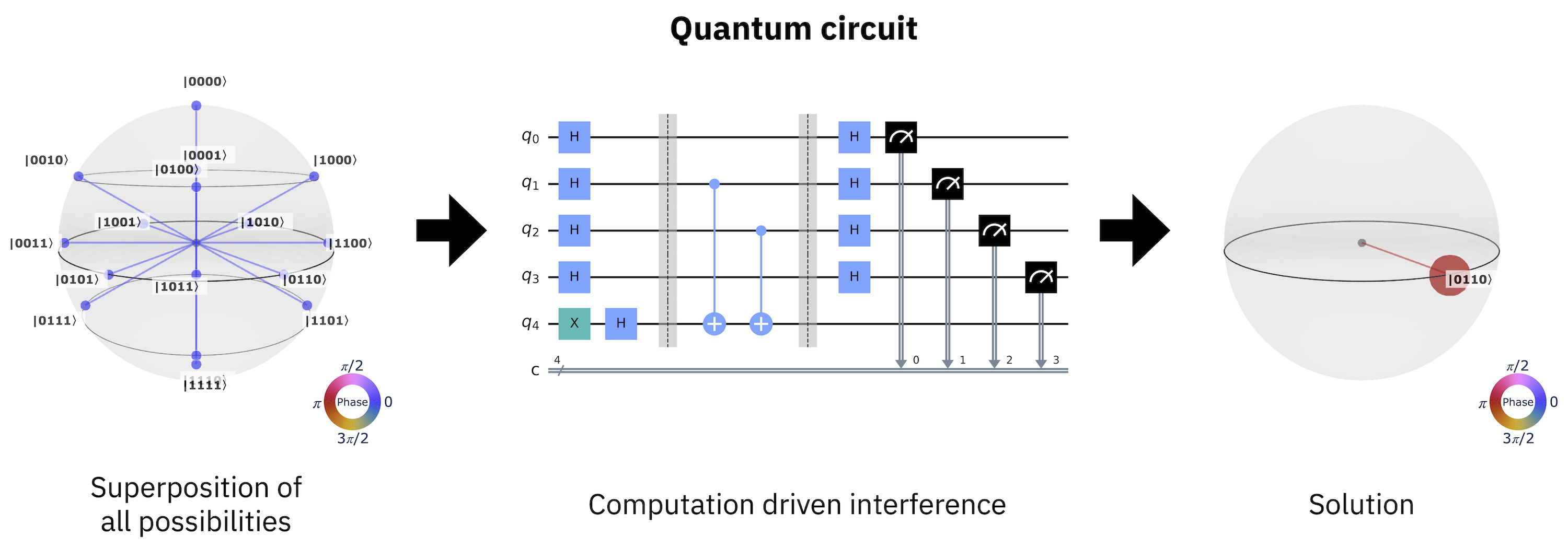
그림 2 간섭 생성 프로세스로서의 양자 계산.¶
얽힘¶
The second principle of quantum mechanics that quantum computation can utilize is the phenomena of entanglement. Entanglement refers to states of more than one qubit (or particles in general) in which the combined state of the qubits contains more information than the qubits do independently. The overwhelming majority of multi-qubit quantum states are entangled, and represent a valuable resource. For example, entangled states between qubits can be used for quantum teleportation, where a shared entangled state of two qubits can be manipulated to transfer information from one qubit to another, regardless of the relative physical proximity of the qubits. Entangled states, as natural states of quantum systems, are also of importance in disciplines such as quantum chemistry and quantum simulation where the solution(s) often take the form of entangled multi-qubit states. One can also utilize highly-entangled quantum states of multiple qubits to, for example, generate certifiably random numbers. There is even a Qiskit package to do this!
양자 회로¶
양자 기계 자원을 이용하는 알고리즘 및 애플리케이션은 ** 양자 회로 ** 의 언어로 쉽고 효율적으로 작성될 수 있다. 양자 회로는 퀀텀으로 유지되는 것과 같은 양자 데이터에 대한 코히어런트 양자 동작 (coherent quantum operations), 및 동시 실시간 고전적인 계산으로 구성되는 계산 루틴이다. 회로에 있는 각각의 수평선 또는 선은 큐비트를 나타내고, 와이어의 왼쪽 끝은 초기 양자 데이터이고, 우측은 양자 회로의 계산에 의해 생성되는 최종 양자 데이터이다. 큐비트들에 대한 동작들은 이러한 와이어들 상에 배치될 수 있고, 박스들로 표현된다.

그림 3 Quantum state teleportation circuit revisited.¶
Quantum circuits enable a quantum computer to take in classical information and output a classical solution, leveraging quantum principles such as interference and entanglement to perform the computation.
일반적인 양자 알고리즘 워크플로우는 다음으로 구성됩니다.
우리가 해결하고자 하는 문제는
A classical algorithm that generates a description of a quantum circuit,
The quantum circuit that needs to be run on quantum hardware,
And the output classical solution to the problem that it produces.
Quantum gates form the primitive operations on quantum data. Quantum gates represent information preserving, reversible transformations on the quantum data stored in qubits. These “unitary” transformations represent the quantum mechanical core of a quantum circuit. Some gates such as \(X\) (also written as \(\oplus\)) and \(CX\) have classical analogs such as bit-flip and \(XOR\) operations, respectively, while others do not. The Hadamand (\(H\)) gate, along with the parameterized rotates \(rX(\theta)\) and \(rY(\theta)\), generate superposition states, while gates such as \(Z\), \(rZ(\theta)\), \(S\), and \(T\) impart phases that can be used for interference. Two-qubit gates like the \(CX\) gate are used to generate entanglement between pairs of qubits, or to “kick” the phase from one qubit to another. In contrast to gates, operations like “measurement”, represented by the meter symbol in a box with a line connecting to a “target” wire, extract partial information about a qubit’s state, often losing the phase, to be able to represent it as a classical bit and write that classical bit onto the target wire (often a fully classical wire in some readout device). This is the typical way to take information from the quantum data into a classical device. Note that with only \(H\), \(rZ(\theta)\), \(CX\), and measurement gates, i.e. a universal gate set, we can construct any quantum circuit, including those efficiently computing the dynamics of any physical system in nature.
Some workloads contain an extended sequence of interleaved quantum circuits and classical computation, for example variational quantum algorithms execute quantum circuits within an optimization loop. For these workloads, system performance increases substantially if the quantum circuits are parameterized, and transitions between circuit execution and non-current classical computation are made efficient. Consequently, we define near-time computation to refer to computations with algorithms that make repeated use of quantum circuits with hardware developed to speed up the computation time. In near-time computation, the classical computation occurs on a time scale longer than the coherence of the quantum computation. Contrast this with real-time computation, where the classical computation occurs within the decoherence time of the quantum device.
최소한의 노력으로 복잡한 양자 회로를 구성하는 것은 키스킷의 핵심이다. 코드 몇 줄만 있으면 위에 있는 것과 같은 복잡한 회로를 구성할 수 있다.
qr = QuantumRegister(3, 'q')
cr = ClassicalRegister(2, 'zx_meas')
qc = QuantumCircuit(qr,cr)
qc.reset(range(3))
qc.barrier()
qc.h(1)
qc.cx([1,0],[2,1])
qc.h(0)
qc.barrier()
qc.measure([0,1], [0,1])
qc.barrier()
qc.z(2).c_if(cr, 1)
qc.x(2).c_if(cr, 2)
기능이 풍부한 기능 세트를 지원하고 quantum computers 또는 클래식 시뮬레이터로 전달할 수 있다.
양자 컴퓨터¶
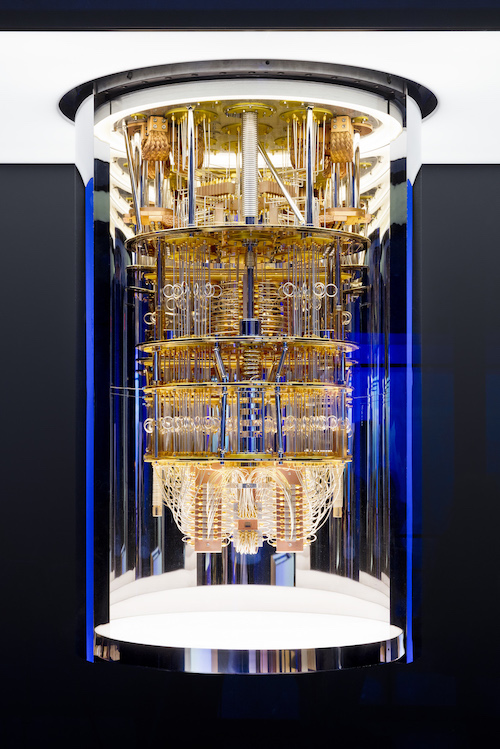
그림 4 A view inside the IBM Quantum System One.¶
Quantum computers which are programmed using quantum circuits can be constructed out of any quantum technology that allows for defining qubit elements, and can implement single- and multi-qubit gate operations with high-fidelity. At present, architectures based on superconducting circuits, trapped-ions, semiconducting quantum-dots, photons, and neutral atoms, are actively being developed, and many are accessible to users over the internet. Qiskit is agnostic with respect to the underlying architecture of a given quantum system, and can compile a quantum circuit to match the entangling gate topology of a quantum device, map the circuit instructions into the native gate set of the device, and optimize the resulting quantum circuit for enhanced fidelity.
As with the noise cancellation example above, the amplitude and phase of qubits are continuous degrees of freedom upon which operations can never be done exactly. These gates errors, along with noise from the environment in which a quantum computer resides, can conspire to ruin a computation if not accounted for in the compilation process, and may require additional mitigation procedures in order to obtain a high-fidelity output on present day quantum systems susceptible to noise. Qiskit is capable of taking into account a wide range of device calibration metrics (see figure below) in its compilation strategy, and can select an optimal set of qubits on which to run a given quantum circuit. In addition, Qiskit hosts a collection of noise mitigation techniques for extracting a faithful representation of a quantum circuits output.
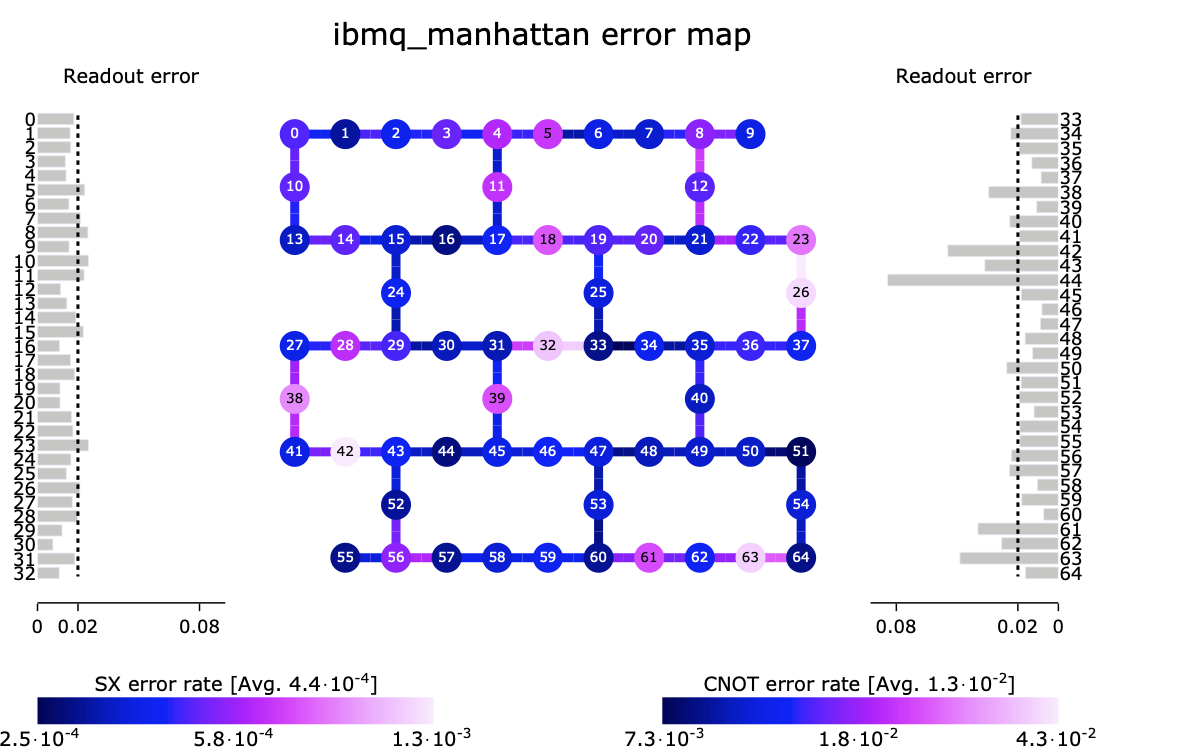
그림 5 ibmq_manhattan 시스템에 대한 토폴로지 및 오류 비율.¶
더 알아보기¶
Hopefully we have given the reader a taste of what quantum computation has to offer and you are hungry for more. If so, there are several resources that may be of interest:
Getting started with Qiskit 키스킷 시작하기.
Field guide to quantum computing : 대화형 서킷 컴포저를 사용하는 양자 계산의 창시자 중 일부가 작성한 물리학 기반 소개이다.
Qiskit textbook : A university quantum algorithms/computation course supplement based on Qiskit.